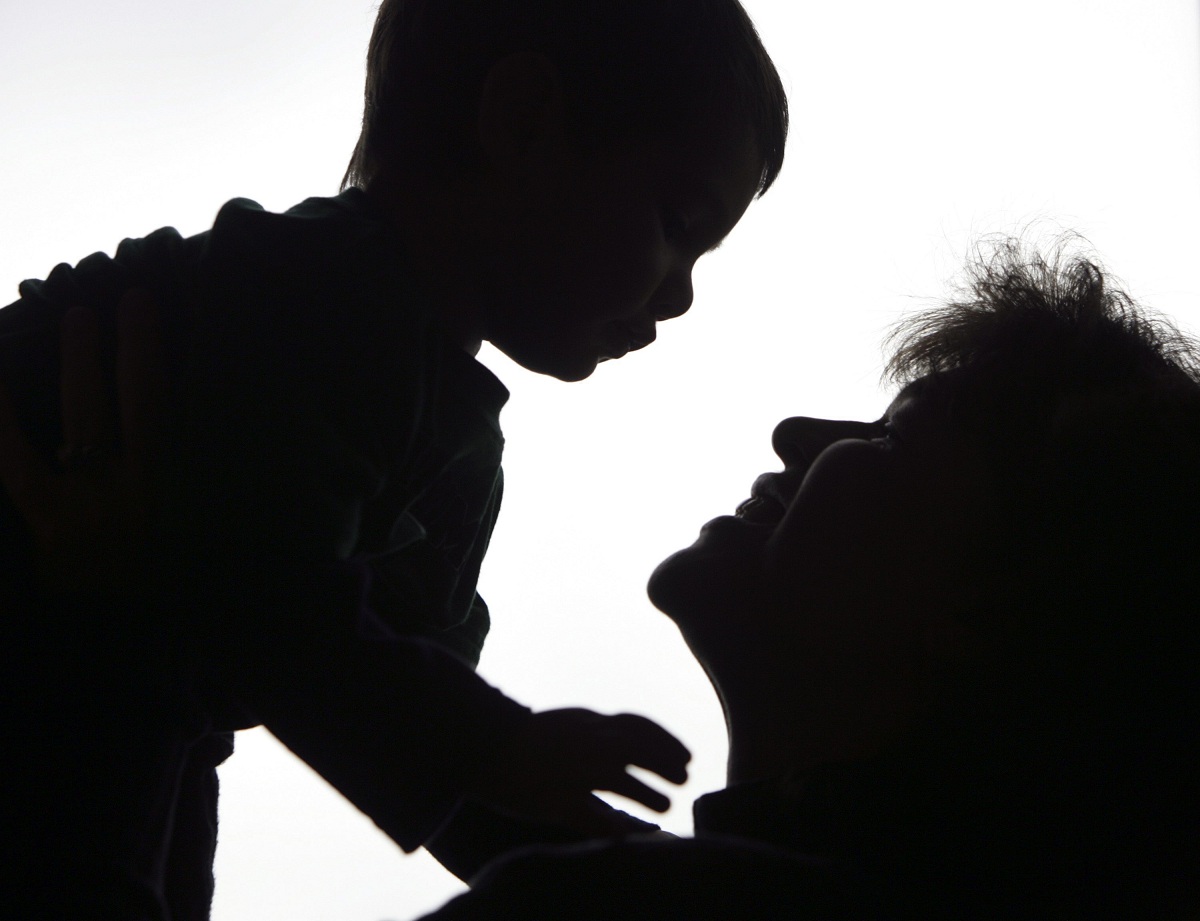WARNING: This story contains disturbing content. Discretion is advised.

A judge is recommending greater scrutiny in Alberta’s Kinship Care program after a four-year-old Edmonton girl was beaten to death after being placed in her aunt’s care.
Provincial Judge Joyce Lester said in a fatality report it was “a very sad and complicated set of circumstances.”
“So many forces, human and systemic, have collided. The best of intentions in securing a child into a home environment that is safe and nurturing can be seen in the drafting of the Kinship Care Program,” Lester said.
“However, it is a troubling situation and a fine act of balance when the kinship placement may well be as dysfunctional an environment as the home from which the subject children are being extracted.”
J’Lyn Cardinal was found dead on Jan. 13, 2009. She was just 17 days shy of her fifth birthday.
Edmonton police received a call from EMS that day, when paramedics found the child dead in a bedroom in her aunt’s home.
The fatality report explained the little girl died from head trauma with a large blood clot pressing on the surface of her brain. When J’Lyn was found by EMS, she was lying face up on the floor, wearing only a diaper and had bruising throughout her entire body with dried blood by her nose and mouth.
Scroll down to read the full fatality report.
- Man in critical condition after setting himself on fire near NYC courthouse
- ‘They knew’: Victims of sexual abuse by Ontario youth leader sue Anglican Church
- Trump trial set to hear opening statements Monday as another delay denied
- Arrest made after police issue emergency alert about ‘dangerous man’ in Bible Hill, N.S.
In 2012, the aunt – who had custody of the child and five other siblings – was sentenced to seven-and-a-half years in prison and three years probation for manslaughter after she admitted to assaulting the girl and failing to seek medical care in the three days that followed.
READ MORE: Edmonton woman avoids extended sentence in child’s death
Under the Kinship Care program, the government placed the six children, all under the age of seven, in their aunt’s west-end home in August 2008 because their parents, the guardian’s brother and sister-in-law, were drug addicts and struggled with homelessness.
The aunt was just 23 years old when she assumed care of her brother’s children.
The fatality report revealed the aunt – referred to as S.D.C. in the report to protect the identity of the other children – had a history with Children’s Services dating back to 2002, when she was 17. She was in need of government assistance, the report explained.
“There is little dispute about the value of the Kinship Care process and the need to keep children safe, within a familiar environment amongst family members, where possible,” the report said. “The philosophy of the program considers extended family to be the best and first consideration, before apprehension of any form.
“However, it becomes troublesome when the family members identified as potential kinship placements have a family history fraught with dysfunctional characteristics of their own.
“When this first comes to light, or is suspected, it is of the utmost importance that there be extensive, early background assessments conducted on each and every adult in the home, within which children are being placed. Self-reporting as to one’s own history is not always accurate. In addition, reference letters have value, but should be followed up with a face-to-face interview.”
The report said guidelines that focus on family history, criminal history and history with Human Services have been established, but must be followed and each step completed. After a review of Kinship Care in 2009, changes were made to the program to address some of these concerns.
The report also recommended the number of children placed in a Kinship Care home should be established and limited based on the age of the children, the caregiver’s experience and possible support from extended family.
Two other recommendations were that more unannounced visits to Kinship Care homes be made and that more information be shared, if possible, between the school system and Human Services.
READ MORE: Alberta to review how it investigates, reports foster child deaths
In April 2014, the province introduced changes to allow the publication of names and photos of children who had died in government care. The new law says the child’s name is public unless the child’s family applies for a ban.
READ MORE: 3 Alberta children died in government care in the past 6 weeks, province reveals
The province recently revealed four children ranging in age from five months to 16 years died while receiving government services in May and June, 2016. One child was in provincial care while the other three were receiving services, but not in care.
Alberta Human Services is offering support and counselling to family members and staff who worked with the children.


Comments